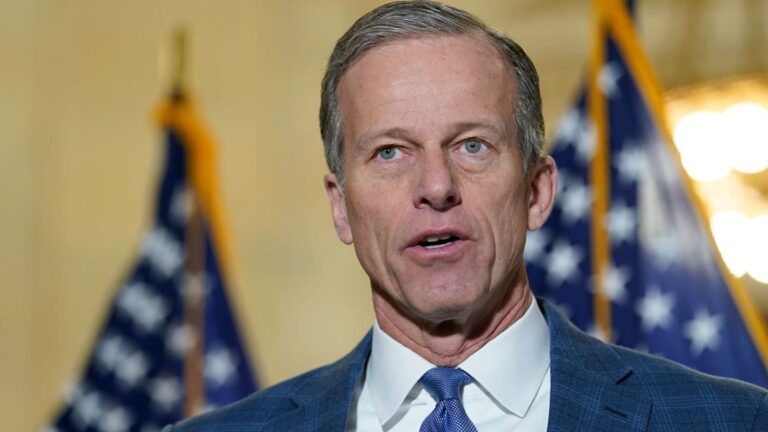 As part of his 2009-10 Executive Budget, NYS Governor David A. Paterson today proposed the first increase to the basic welfare grant since 1990 to help assist those struggling in poverty during a time of unprecedented economic turmoil. Nearly 284,000 New York children receive Welfare benefits, which represents 57 percent of total recipients.
As part of his 2009-10 Executive Budget, NYS Governor David A. Paterson today proposed the first increase to the basic welfare grant since 1990 to help assist those struggling in poverty during a time of unprecedented economic turmoil. Nearly 284,000 New York children receive Welfare benefits, which represents 57 percent of total recipients.
“Since 1990, the world has changed dramatically, but the basic welfare grant has stayed the same, and the challenges facing the neediest among us have only increased,” said Governor Paterson. “Though our resources are limited, this is a much needed investment to help assist vulnerable New Yorkers who are suffering as a result of the current economic crisis, far too many of whom are children.”
The basic monthly grant has remained at $291 for a family of three ($3,492 per year) since 1990. Since that time, inflation has increased by more than 65 percent.
For the average size public assistance household comprised of a mother and two children, the maximum monthly basic allowance when the increase is fully implemented in 2012 will be $387 ($4,644 annually), a monthly increase of $96 or 33 percent from the current maximum allowance of $291.
Approximately 200,000 households will benefit from this increase, which would take place in three phases: a 10 percent increase, from $291 to $320 in January 2010; a second 10 percent increase to $352 in January 2011; and a final 10 percent increase to $387 in January 2012.
Since the enactment of federal welfare reform legislation in August 1996, the State’s public assistance caseload has declined by more than one million recipients. At 501,000 recipients as of September 2008, the caseload is currently at its lowest level in over forty years. During this same period, the All Funds public assistance costs, including welfare benefits and SSI, also decreased, from a high of $4 billion in 1996 to $3 billion in 2008.
The cost to the State of this public assistance benefit increase is projected to be $8 million in SFY 2009-10. The annual cost to the State when the three-phase increase is fully implemented in SFY 2012-13 is projected to be $109 million.
The Executive Budget also preserves core programs including foster care and adoption services, child and adult protective services and domestic violence services. The fiscal challenges faced by the State require the elimination or reduction of a number of established non-mandated services, many of which have provided valuable services but which are supplemental to the State’s core mandated programs. After these changes, the budget provides nearly $8.5 billion for human services programs.
To achieve savings, the budget proposes $385 million of reductions. These include many non-mandated services currently provided by counties to support families, such as eliminating or reducing various programs related to homelessness, support for refugees, non-mandated foster care prevention contract programs, and other supportive services programs. Closing underutilized youth facilities will also contribute to these savings.
The budget also includes a number of other investments to maintain a safety net for those in need. These include:
Increased Food Bank Funding. Increased funding to food banks, food pantries, soup kitchens and emergency shelters by $4.4 million to address growing needs in these difficult times. These safety-net providers are experiencing an unprecedented increase in requests for nutrition assistance, especially from individuals and families that have never before needed such assistance.
Increased Access to Insurance Coverage. To enable eligible children and adults to secure and keep coverage, the face-to-face interview, finger imaging, and asset test requirements will be eliminated. Also, barriers to enrollment in Family Health Plus for public employees and for 19 and 20 year olds who do not live with their parents will be removed.
Expanded Access to Health Care Coverage. New York will request a waiver from the federal government to expand the Family Health Plus program to cover adults up to 200 percent of the federal poverty level with no new State funding required.
Increased Indigent Care Funding for Teaching Hospitals. $141.3 million in State-only Graduate Medical Education funding will be redirected to the State’s indigent care pool to compensate teaching hospitals that serve uninsured patients. This will help ensure that those who lose their insurance in this economic downturn continue to have access to these facilities.
Increased Indigent Care Funding for Community Clinics. Subject to approval of a federal waiver, the indigent care pool for health clinics will be doubled in size ($55 million to $110 million) and, for the first time, expanded to include mental health clinics licensed by the Office of Mental Health.
Other actions included in 2008-09 included providing $150 million in increased availability of federal food stamp benefits for low and moderate income families, and expanding the eligibility for Home Energy Assistance Program (HEAP) aid for emergency assistance.
(Dov Gordon – YWN Desk)











2 Responses
so let me get this straight. The Governer is taxing us to give to others?
During a recession/Depression, you cut, cut, cut!
You don’t increase expenses and raise taxes on an already critically-depleted economy.
Hey, Governor: people are suffering, they need relief, not additional taxes.